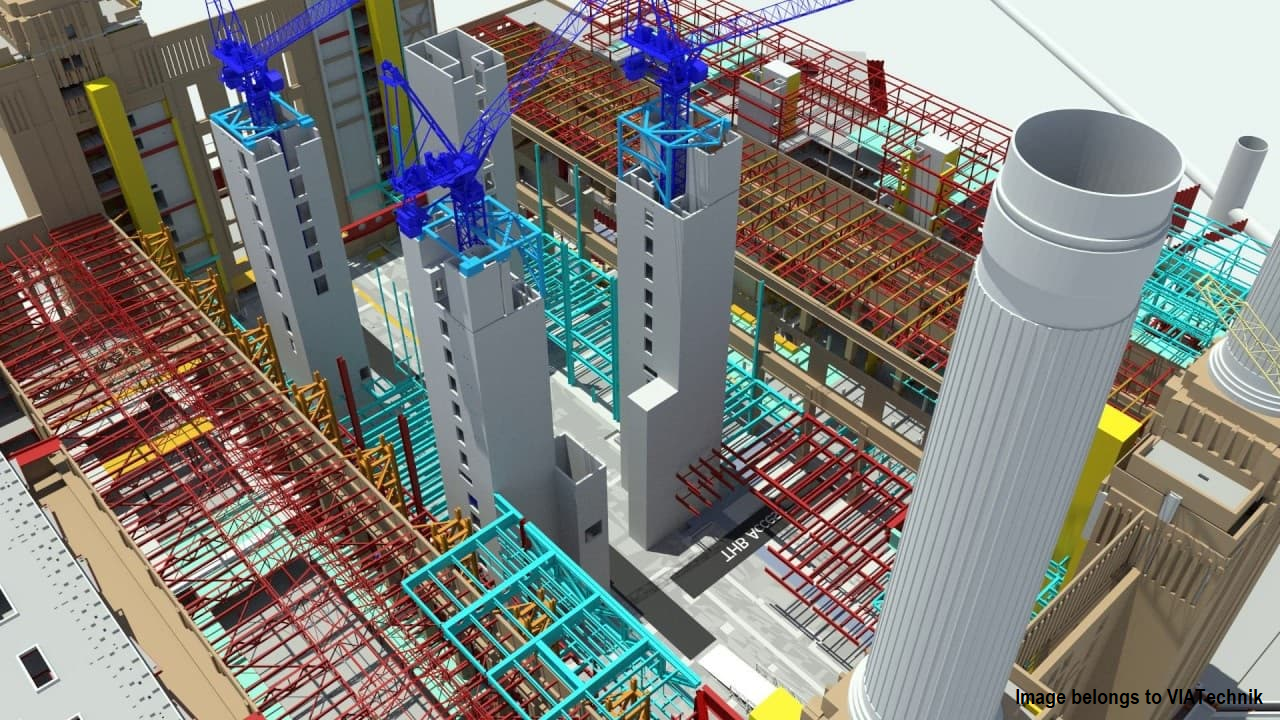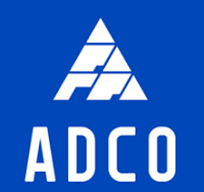
In the realm of project management, efficiency, precision, and innovation are the keys to success. In today’s fast-paced world, traditional project planning methods often fall short of meeting the demands of modern construction and engineering projects. This is where 4D planning comes into play. 4D planning, an innovative and forward-thinking approach, extends beyond the conventional 2D and 3D planning methodologies. It introduces an additional dimension – time – to the planning process. In this blog, we’ll delve into the concept of 4D planning and its significance in revolutionizing project management.
What is 4D Planning?
Before diving into the intricacies of 4D planning, let’s clarify what this concept entails. 4D planning, often referred to as 4D BIM (Building Information Modelling), combines 3D models with the element of time. In simpler terms, it’s a method of visualizing a project’s progression over time. It is achieved by integrating a project’s 3D model with a timeline, allowing stakeholders to see not only what a project will look like but also how it will evolve throughout its lifecycle.
The Four Dimensions of 4D Planning
3D Model: The foundational element of 4D planning is a detailed 3D model of the project. This model provides a comprehensive visual representation of the project’s design and construction, enabling all stakeholders to have a clear understanding of the project’s physical aspects.
Time: The second dimension, time, is what sets 4D planning apart from traditional methods. It involves creating a timeline that outlines the project’s development from inception to completion. This timeline is linked to the 3D model, allowing for an interactive and dynamic view of how the project will progress over time.
Cost: The cost dimension is introduced through the integration of financial data. It helps in tracking and managing project expenses, ensuring that budgets are adhered to, and any cost overruns are identified and addressed in a timely manner.
Risk: The fourth dimension, risk, involves identifying and mitigating potential issues and challenges that may arise during the project’s lifecycle. By factoring in risk, project managers can make proactive decisions to minimize disruptions and delays.
Advantages of 4D Planning
Enhanced Visualization: 4D planning provides a highly visual and intuitive representation of a project’s progress, making it easier for all stakeholders to grasp the project’s evolution.
Improved Communication: It fosters effective communication among project teams and stakeholders. Everyone involved can better understand the project’s status and upcoming tasks.
Risk Management: By incorporating the dimension of risk, project managers can proactively address issues and reduce the likelihood of costly delays and setbacks.
Cost Control: 4D planning helps in monitoring project costs in real-time, ensuring that budgets are adhered to, and any cost overruns are identified and managed promptly.
Optimized Scheduling: The time dimension allows for the optimization of project schedules. It enables project managers to identify critical paths and adjust timelines as needed to meet project goals.
Quality Assurance: With a more accurate understanding of the project’s progress, it becomes easier to maintain the quality of work, ensuring that construction and engineering standards are met throughout the project.
4D planning has found application across various industries, including construction, manufacturing, and infrastructure development. For example, in construction, it has proven invaluable for designing and executing complex projects such as high-rise buildings, bridges, and tunnels. In manufacturing, it is used to optimize production processes and ensure timely delivery of products. In infrastructure development, 4D planning aids in the construction of roads, railways, and airports.
4D planning is a game-changing approach to project management that goes beyond traditional 2D and 3D planning methods. By incorporating time, cost, and risk dimensions into the planning process, it provides a more comprehensive and dynamic view of a project’s development. The advantages of 4D planning, such as enhanced visualization, improved communication, and better risk and cost management, make it a valuable tool in today’s rapidly evolving and demanding project management landscape. As technology continues to advance, the adoption of 4D planning is expected to grow, leading to more efficient and successful project outcomes. It’s time to harness the power of the fourth dimension and embrace the future of project planning.
Draftech – Your Project, Our Expertise
Testimonials
Very professional and efficient organization. Delivered a great product to a tight deadline.
ACE Power
Karl and the team are very professional and have a vast knowledge of BIM coordination.
Dwayne Willaims Babinda Electrics
We had multiple large projects with tight deadlines and needed a company we could trust. The teams delivery, attention to detail and understanding of what is being designed is always executed to a high standard.
Martin O’Donovan Envar Engineers
Draftech offered a flexible and reliable approach to working collaboratively with our team. They met our expectations and quality requirements and also offered up new ideas.
Draftech have proven to be a valuable and trustworthy resource and we will continue to work with Draftech on other projects.
Simon Marsden Umow Lai
Draftech is different from others in the professionalism and features they provide.
The ability to walk through projects in real time online provides invaluable insight into problem areas and helps provide an efficient resolution on the spot without many phone calls, emails and the necessity for us to paw through countless drawings to understand the issues.
Todd Morris Manager - Air mech
Draftech were put forward to FIP Electrical as the solution to Coordinate, Model, carry out clash detection, provide Electrical Services Shop Drawings, as built documentation and completed electrical model.
Simon Thorpe FIP Electrical
In close collaboration Draftech set up all our systems and model deliverables. In this process Draftech have proven to be a valuable resource for us and demonstrated commitment, understanding and professionalism.
David Skelley DJCoalition
Draftech’s attention to detail and proactive nature throughout the project assisted us in identifying issues before becoming evident on site, saving us both time and unexpected costs.
Matt Payne PJM Engineering Services
They delivered very high quality Revit models and associated 2D documentation at key milestones, working to a tight budget and in strict accordance with the Architects’ BIM requirements.
Peter Thomas Geoff Hesford
We found Draftech’s work to be of high standard and the team delivered exactly as agreed, in fact, when we considered the project complete, Draftech put further resources into the project as they were not satisfied.
John Johnson Beca
Engaging Draftech during design gave us the tools to make smart decisions.
Hansen Yuncken Design Manager - Michael Harkins
The drafting service is timely, reliable and fit for purpose for the built environment.
Peter Harvey Harvey Industries
Draftech stands apart from other drafting services that we have previously used in their attention to detail and ability to adapt to the individual client’s requirements.
Doug Holt McCaig Aircon
I can confidently recommend Draftech as a solid and reliable supplier, and experts in their field. I look forward to working with them again in the near future.
Chris Behan Norman Disney & Young
After seeing the benefits Draftech provided us on the Townsville Hospital Redevelopment we have set up a relationship with Draftech and intend to continue to use their BIM knowledge and skills for our future projects.
Brad Lund Energy Power Systems
Draftech has no competition as they are in a class of their own.
John Boyes Babinda Electrics
Draftech Developments Drafting and Design Capabilities, in conjunction with their outstanding level of Client service and support has provided great solutions to our engineering and Drafting Design portions within our Gorgon Barrow Island Project.
Aaron Hazelton Applied Electro Systems Pty Ltd
Draftech set up necessary systems and workflows very quickly, but also setup auditable estimating and weekly cost tracking processes that we utilised, requiring little maintenance.
TOM PURDON MPM GROUP




























